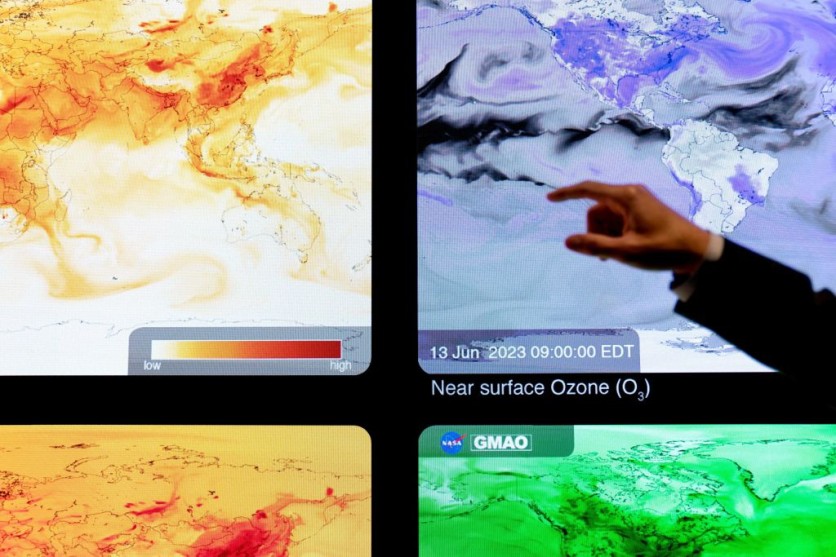Scientists may have found evidence that our planet core's could be leaking. What could this mean?
A collaboration between geochemists from the Woods Hole Oceanographic Institution and the California Institute of Technology has uncovered evidence of heightened levels of helium-3 in rocks located on Baffin Island. This intriguing find raises the possibility that Earth's core may be experiencing a leakage, as reported in Phys,org.

Helium Traces in Lava Flows
The team's investigation primarily focused on scrutinizing helium-3 and helium-4 levels in the Canadian Arctic Archipelago. Earlier studies had detected faint traces of helium-3 in lava flows on Baffin Island, hinting at the potential for a core leak. Helium-3, an ancient isotope present during Earth's formation, tends to get trapped in the core.
However, due to its nature, when it finds its way to the surface, it swiftly dissipates into the atmosphere and disperses into space. Therefore, the presence of helium-3 on the surface suggests a likely escape from the core, according to the scientists.
Intrigued by this possibility, the research team embarked on an expedition to Baffin Island, conducting extensive tests on multiple lava flows. They made a remarkable discovery-significantly higher levels of helium-3 compared to previous research endeavors. These levels surpassed any found elsewhere on Earth.
Additionally, the researchers noted unusually elevated ratios of helium-3 to helium-4, the highest ever recorded in terrestrial rock. These high ratios provide further support for the hypothesis that helium-3 is indeed seeping out from the core.
The implications of discovering such elevated levels of helium-3 at a terrestrial site are profound. If it can be conclusively established that this material is emanating from the core, it could open up unprecedented opportunities for scientists to study core material, a feat that has remained elusive.
This breakthrough could potentially unveil previously unattainable insights into the core's composition. Moreover, if helium-3 is originating from the core, it follows that the surrounding material may also be doing so, offering tangible evidence of core material.
Read Also : Joe Biden's Hydrogen Hubs Still Rely on Fossil Fuels-The Primary Culprit Behind Climate Change, Expert Says
Challenging Longstanding Constraint
The study's abstract further underscores the significance of the findings. Many lavas linked with mantle plumes exhibit elevated 3He/4He ratios, crucial for numerous models of Earth's deep interior.
Traditionally, this high-3He/4He component was believed to be intrinsic to the mantle. The research reports a record-setting magmatic 3He/4He ratio in olivines from Baffin Island lavas, potentially sourced from Earth's core.
This proposition challenges the longstanding constraint based on noble gases in lavas associated with global mantle plumes and broadens our understanding of volatile elements' survival since Earth's early stages.
The findings of the research team were published in the journal Nature.
Related Article : Extreme Heat Tied to Climate Change Is Making Parts of the World Too Hot for Humans to Live in, Scientists Say

ⓒ 2025 TECHTIMES.com All rights reserved. Do not reproduce without permission.




